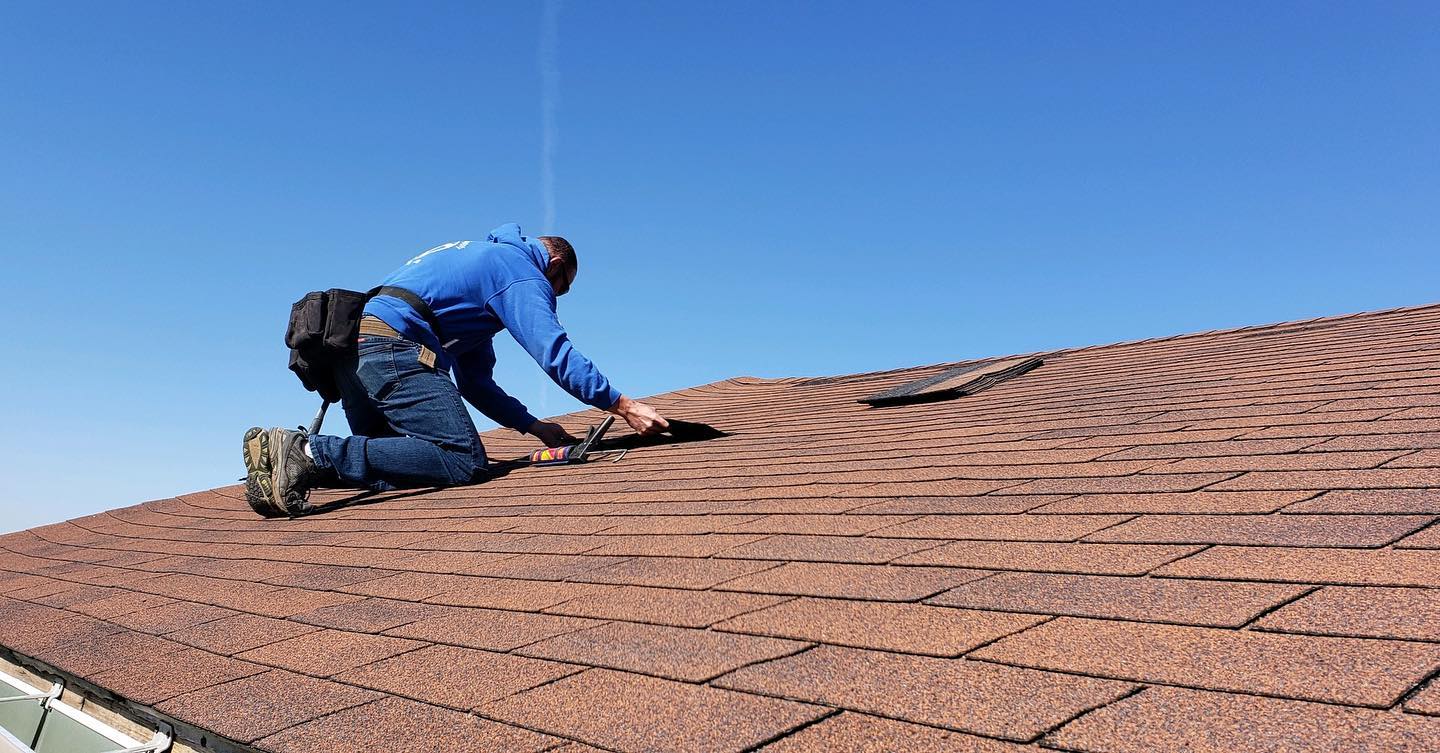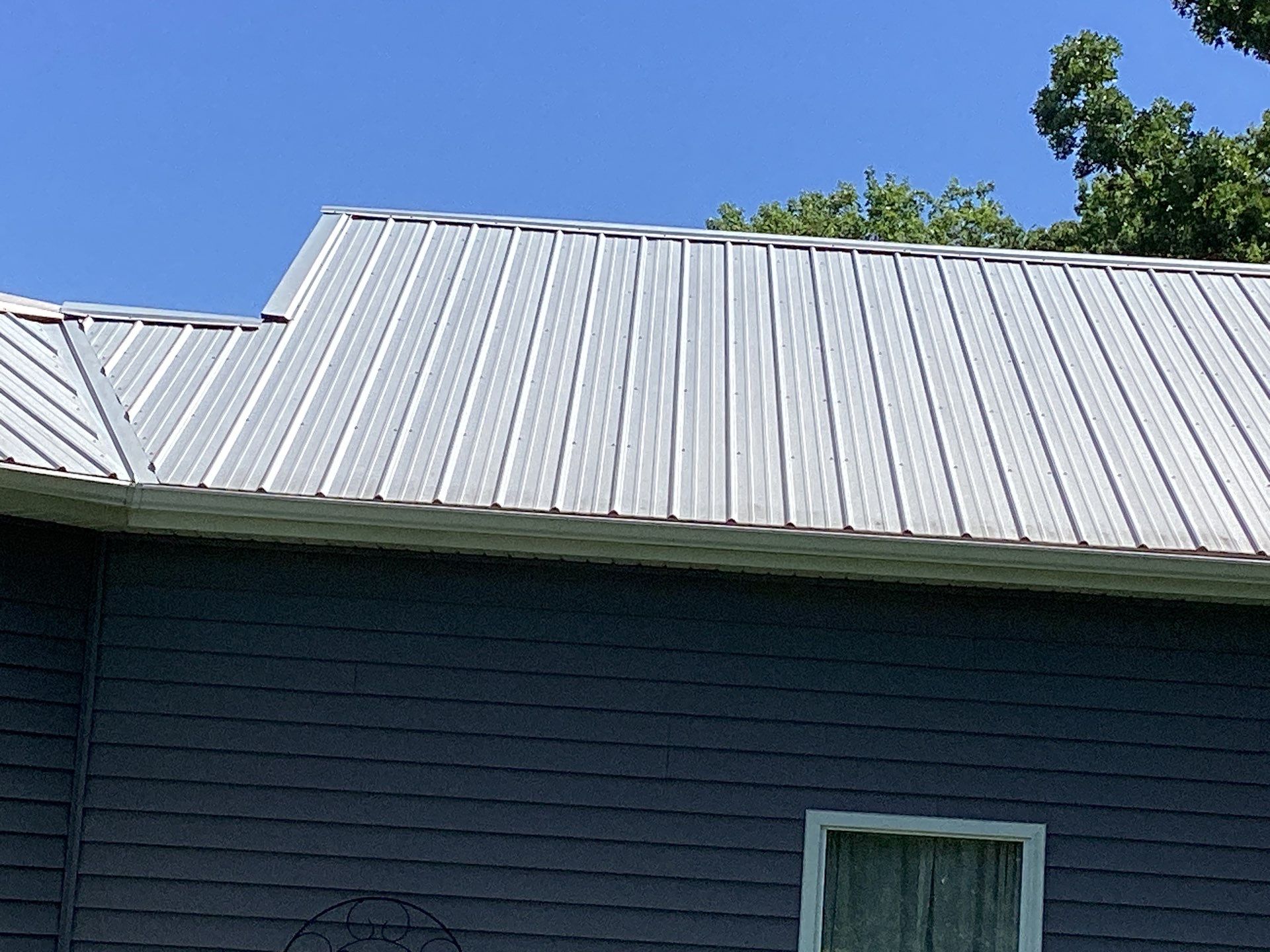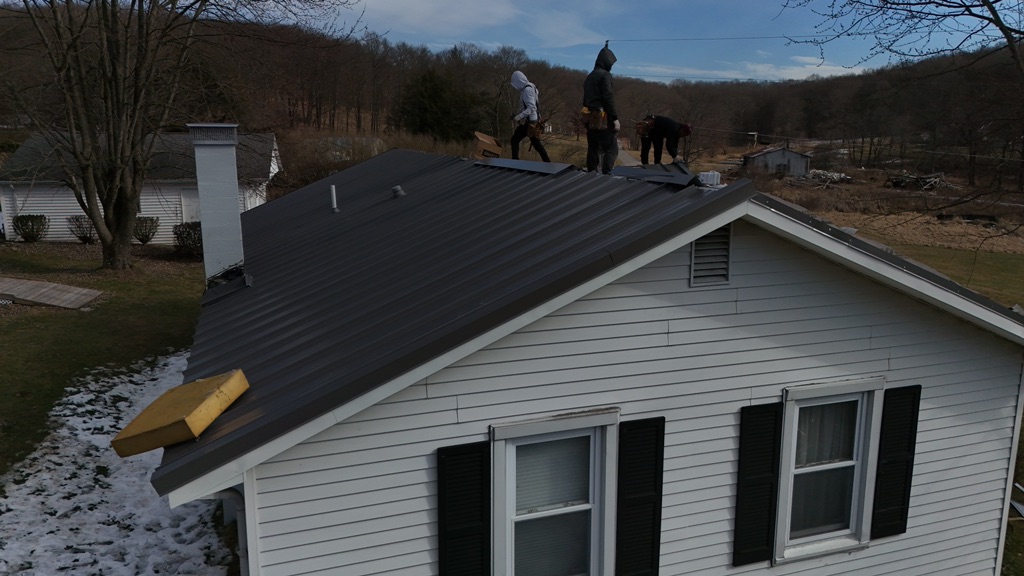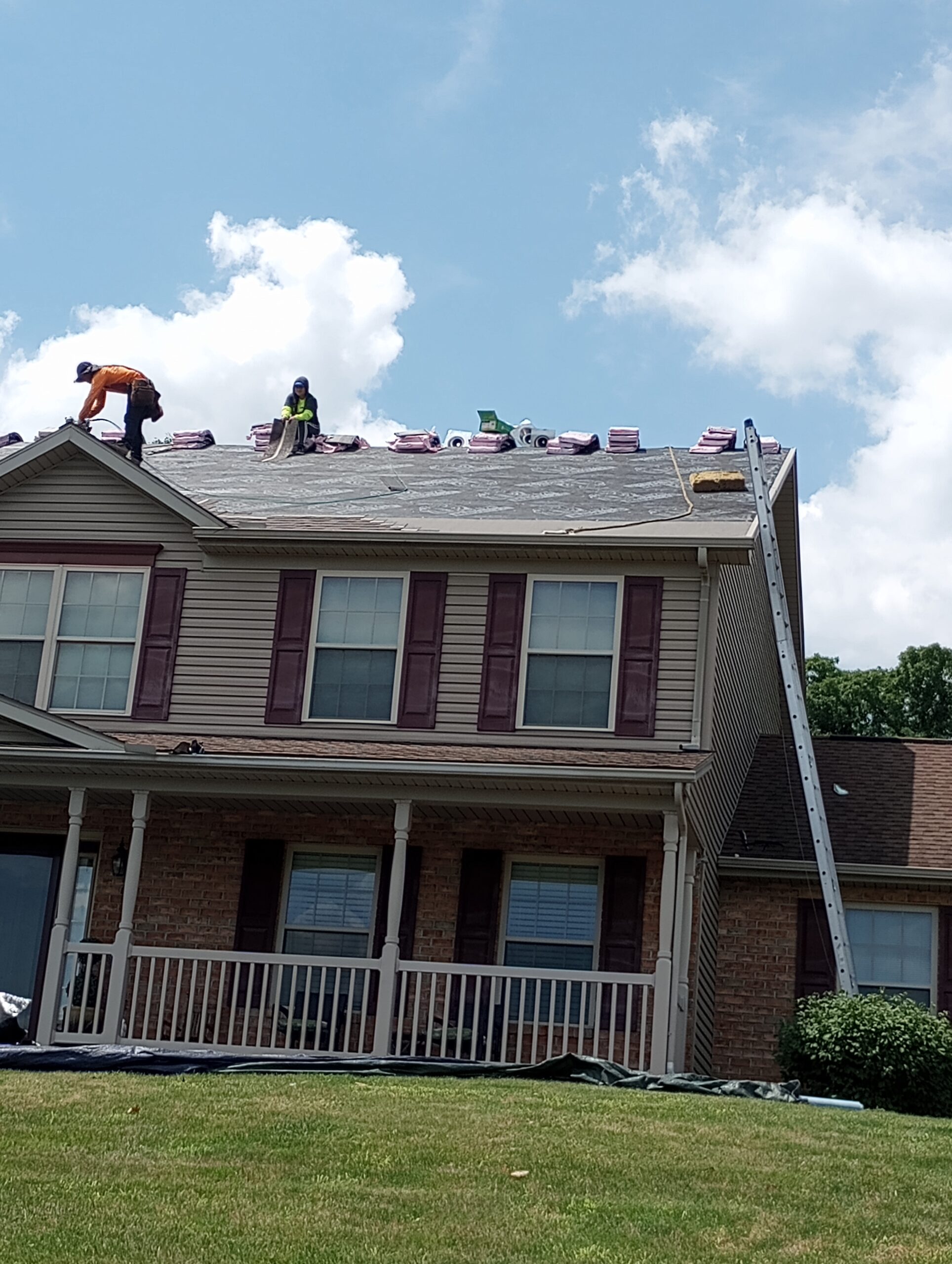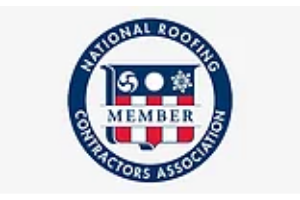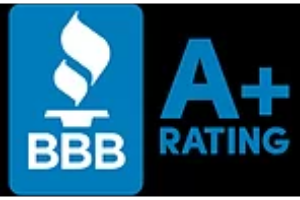DIY roof repair can be a great way to save money and time. It is important, however, to understand the scope of work that should only be done by a professional roofer versus what can safely be accomplished as part of a do-it-yourself project.
This article will explain the potential risks associated with attempting roof repairs on your own and provide guidance for determining when it might be best to call in an experienced contractor.
Through this discussion, readers will gain insight into how to approach their own roof maintenance needs responsibly.
Understanding Your Roof Structure
In order to determine what DIY roof repair tasks are possible, it is important to understand the structure of your roof. This involves inspecting shingles and the various components that make up the roof’s frame. It includes checking for signs of damage, such as leaking or wind-blown debris.
Once these inspections have been completed, one can then move onto diagnosing any potential leaks in the roof. A leaky roof can cause significant damage if not addressed promptly, so accurately determining its source is essential.
A visual inspection may be enough to pinpoint a problem area, but more extensive testing might be necessary depending on the severity of the issue. Taking detailed notes during an inspection and collecting samples from possible sources of water leakage will help you identify where the problem lies and how best to fix it once repairs begin.
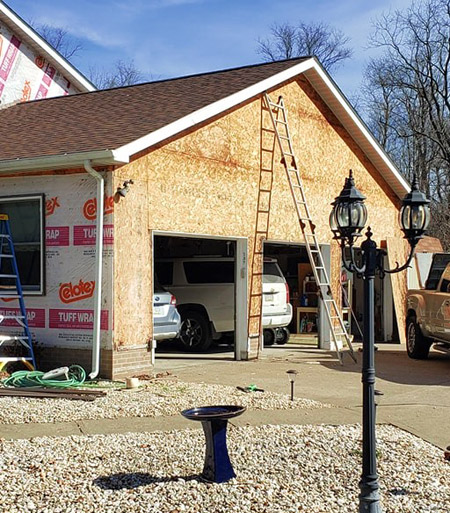
Choosing The Right Roofing Materials
When it comes to roof repair, the choice of materials is an important factor that must be taken into account. It is essential to evaluate both the costs and durability of different materials before making a decision.
Additionally, one should identify current trends in roofing materials and determine if any specific type would provide long-term value for the property being repaired. By researching available options online or talking with experienced contractors, homeowners can become knowledgeable about which product may best suit their needs.
Depending on budget constraints, they may need to compromise between cost effectiveness and quality assurance when selecting roofing material. In some cases, this means opting for lower grade shingles or considering alternative solutions such as metal roofs.
Whatever option is chosen, it’s important to ensure that all necessary permits are obtained prior to starting repairs. This will help guarantee that work completed meets local building codes and safety standards while avoiding potential liability issues down the road.
In summary, proper selection of roofing material is an integral part of successful DIY roof repair projects. Evaluating costs, identifying trends, understanding local regulations and finding reliable suppliers are key tasks that require careful consideration in order for a project to have positive results in terms of long-term performance and value.
Identifying Problem Areas On Your Roof
It is essential to assess the damage of your roof before embarking on a DIY repair. Doing so will help you identify potential problems and save time, money and effort in the future.
Inspecting shingles for signs of wear, tear or discoloration can give you a good indication of where repairs may need to be completed. If you have access to the attic space beneath the roof, this can also provide useful insights into any issues that may not necessarily be visible from outside.
Additionally, looking out for water stains on ceilings or walls inside your home as well as checking for broken flashing around pipes and vents are important steps in identifying possible problem areas.
The most effective way to ensure that all aspects of your roof are properly inspected is by hiring a professional contractor who has expertise in roof repair. They will conduct an inspection both externally and internally, giving you peace of mind that they have identified any underlying issues which could affect its integrity over time.
A professional contractor will also advise what needs to be done if further repairs are needed after diagnosing any existing structural defects or aging materials.
How To Safely Conduct Repairs
Having identified any problem areas on your roof, it is now time to explore how to safely conduct the necessary repairs.
Before starting a repair project, it is important that you have the correct safety equipment and know the proper procedures for conducting each task.
When installing insulation, be sure to wear protective clothing such as gloves, goggles, and dust mask. You should also inspect shingles before beginning work in order to eliminate any potential hazards or weak spots.
Make sure all tools are secure and use appropriate ladders when working at heights. If possible, enlist help from a professional if there is an area of concern with regards to structural integrity or other potentially hazardous conditions.
In addition to assessing risk, consideration must be made for weather conditions during the repair process. Roofs can become slippery due to rain or snowfall so plan ahead accordingly and take extra precautions if needed.
When completing the job successfully it is essential that all debris is removed from the site promptly in order to ensure a safe environment for future occupants of the premises.
Determining When To Call A Professional
It is important to accurately assess the scope of damage and cost estimation when it comes to DIY roof repairs. Knowing what can be done safely and successfully by yourself versus when you need a professional to help will save time, money, and headaches in the long run.
Every repair job needs an accurate assessment of the amount of work that is needed; this includes determining if there are any underlying issues that could cause more complications down the road.
Damage caused by weather or other environmental factors should also be taken into account before beginning any work on your own. If a problem looks too complicated for you to handle alone, then it is best to consult a professional who can provide an opinion and advise accordingly.
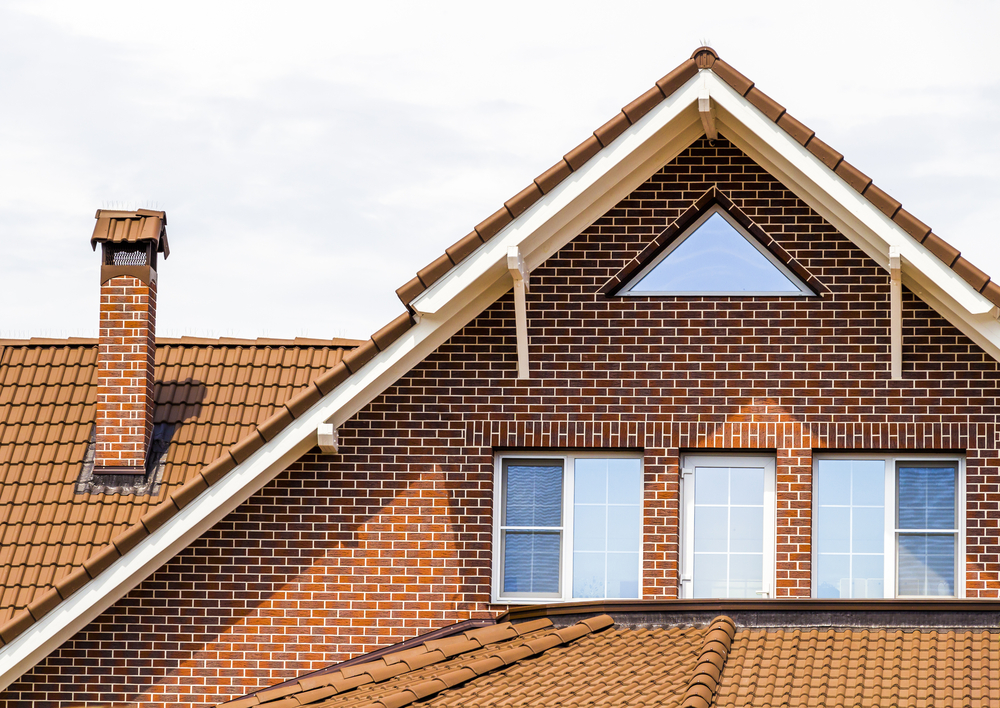
Maintaining Your Roof For Long-Term Performance
Regular preventative care is essential for any roof to ensure long-term performance. Working with a professional roofer can help homeowners assess their particular needs and develop an appropriate maintenance plan.
The most important step in maintaining the integrity of your roof over time is weatherproofing, which should be done every year or two depending on the age of the structure and its exposure to local climate conditions. Weatherproofing includes:
- checking flashing around chimneys, vents, dormers, skylights, and other areas where water may enter;
- sealing joints with waterproof sealant;
- replacing shingles that are missing, broken or otherwise damaged;
- removing moss growth;
- ensuring gutters are clear of debris; and
- adding additional insulation when needed.
Additionally, it’s always beneficial to inspect the attic for signs of moisture damage due to poor ventilation or leaks from outside sources.
Taking proactive steps such as these will help protect your roof from future problems while also keeping energy costs down by improving efficiency. Regular inspections and maintenance can go a long way toward extending the life of your roof and helping you avoid costly repairs in the future.
With proper attention given to its upkeep, a properly maintained roof can last up to 50 years before needing replacement.
Preparing For Future Repairs And Maintenance
Roof repair can be a daunting task, and it is important to take the necessary preventative measures in order to avoid future damage.
Weatherproofing techniques such as caulking around dormers and chimneys are an excellent way to ensure that rain or snow do not enter through these areas of your roof.
It also may be beneficial to inspect shingle edges for any excess wear due to wind or other weather conditions, which could result in leaks if left unaddressed.
It is also essential that you check gutters periodically for debris that could cause clogs, allowing water runoff to back up onto the roof instead of running off properly.
This can lead to water infiltration into the home’s walls or foundation, resulting in costly repairs down the line.
Routinely examining flashing on both sides of skylights and vents will help keep moisture out, as well as inspecting all layers of insulation along with attic ventilation systems.
Taking these steps now will save time and money on potential repairs later.

